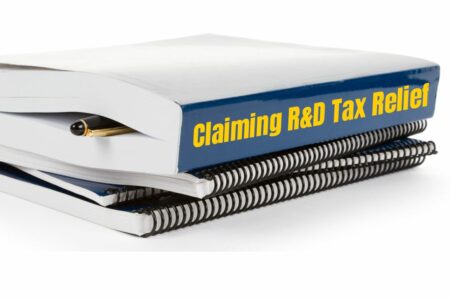This is a particularly thorny problem for larger organisations which often have teams spread across different offices, people working remotely, and a fairly frequent rotation of staff joining and leaving the R&D team.
This means that getting your team trained to a consistent standard of R&D knowledge hasn’t been easy – but for those that manage it, the benefits are compelling.
Getting technical staff on the same page
When everyone in your technical team has a shared and nuanced understanding of how HMRC defines R&D, and how to apply it in practice to a range of clients, you’ll find that:
- Clients get a more consistent level of service. From a client perspective, they don’t get the jarring or unsettling experience of being told one thing by one member of your team and something a bit different by another. Everyone on the team is clear about what R&D is and where its boundaries lie. And, when clients talk to each other to compare notes on your service, there are no nasty conflicts between what you’ve told them.
- It helps with staff retention and career progression. Because it can be such a subjective and complex area, people working in R&D generally like having some structure to how they gain knowledge. The more measurable and objective you can make their training, the more likely they are to set themselves targets and actually enjoy the learning experience. This enjoyment leads to better retention and people’s performance can be linked to promotions or broader responsibilities.
- It takes the load off your Quality Control process. When new or junior staff have been given a thorough and structured grounding in how the scheme works, their work typically requires much less time to review when it’s checked by more senior staff prior to going to the client. It’s also less likely to require substantial re-work, meaning that the client gets the report or document sooner and your profit margin on the project is higher.
- It’s easier for staff to move between client projects to help out or cover absences. When staff move across projects, they’re able to deliver a seamless service because their understanding of the guidance is the same as their colleagues’. That makes them effective faster.
Bridging the gap between marketing and technical teams
- Marketing staff are aligned with the technical team. A very common problem arises in larger firms where there can be a difference between how the marketing department tries to generate prospects and how the technical staff gives advice to clients. Including marketing staff within the scope of your R&D training means that they’re more informed about how the scheme works and what makes a good prospect. That makes their communications more targeted, and more credible, in a sea of competing information.
Sales teams feel more comfortable and confident
- Sales and BD staff bring in better business. Having a good understanding of some of the details of the R&D scheme can do wonders for a salesperson’s confidence. They can speak to prospects with more knowledge and authority, rather than having to resort to “Let me ask someone and I’ll get back to you.” When your front-line staff are well trained in the basics (and ideally some of the more advanced areas like subcontracting and subsidised expenditure), this creates a great impression of your firm or company right from the start. It also means that the new clients they sign up are much more likely to qualify for R&D relief, reducing wasted time in your technical team.
So, there are lots of benefits to having a well-trained team – not least of which is knowing that your clients are getting a high and consistent level of service, no matter which part of your organisation they contact.
If you’re ready to take the next step and learn more about what types of structured R&D training are available to you, you can download our free Guide to Support and Training for R&D Tax Relief Advisors. This gives you a variety of options to consider when deciding what’s right for your team.





